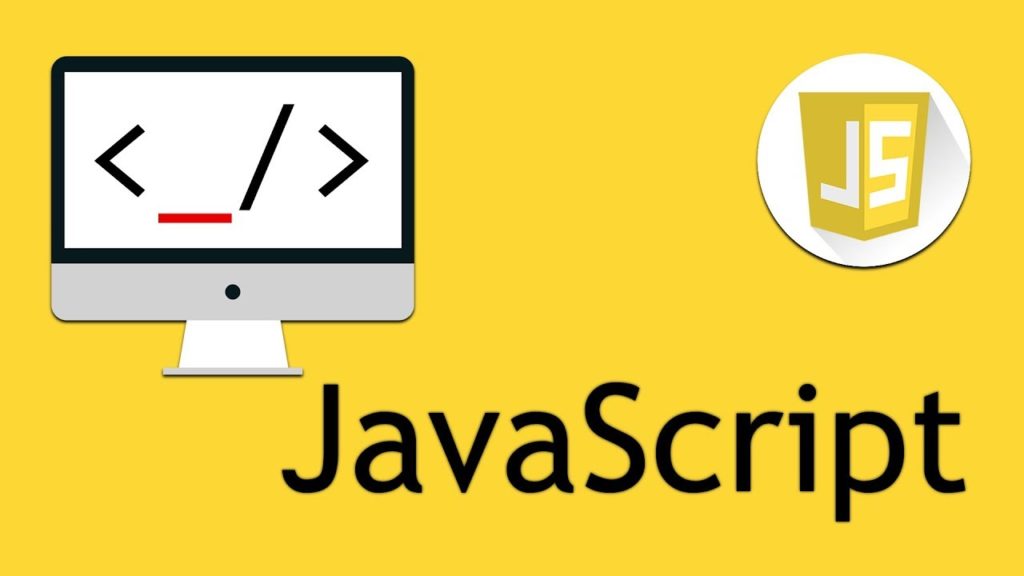
(JavaScript Tutorials for Beginners)
In this end-to-end example, you will learn – JavaScript tutorials for Beginners – JavaScript and JSON.
JavaScript and JSON
In this tutorial, you will learn about JSON and how JavaScript is used with JSON with the help of examples.
JSON stands for Javascript Object Notation. JSON is a text-based data format that is used to store and transfer data. For example,
// JSON syntax
{
"name": "John",
"age": 22,
"gender": "male",
}In JSON, the data are in key/value pairs separated by a comma ,.
JSON was derived from JavaScript. So, the JSON syntax resembles JavaScript object literal syntax. However, the JSON format can be accessed and be created by other programming languages too.
Note: JavaScript Objects and JSON are not the same. You will learn about their differences later in this tutorial.
JSON Data
JSON data consists of key/value pairs similar to JavaScript object properties. The key and values are written in double quotes separated by a colon :. For example,
// JSON data
"name": "John"Note: JSON data requires double quotes for the key.
JSON Object
The JSON object is written inside curly braces { }. JSON objects can contain multiple key/value pairs. For example,
// JSON object
{ "name": "John", "age": 22 }JSON Array
JSON array is written inside square brackets [ ]. For example,
// JSON array
[ "apple", "mango", "banana"]
// JSON array containing objects
[
{ "name": "John", "age": 22 },
{ "name": "Peter", "age": 20 }.
{ "name": "Mark", "age": 23 }
]Note: JSON data can contain objects and arrays. However, unlike JavaScript objects, JSON data can not contain functions as values.
Accessing JSON Data
You can access the JSON data using the dot notation. For example,
// JSON object
let data = {
"name": "John",
"age": 22,
"hobby": {
"reading" : true,
"gaming" : false,
"sport" : "football"
},
"class" : ["JavaScript", "HTML", "CSS"]
}
// accessing JSON object
console.log(data.name); // John
console.log(data.hobby); // { gaming: false, reading: true, sport: "football"}
console.log(data.hobby.sport); // football
console.log(data.class[1]); // HTMLWe use the . notation to access JSON data. Its syntax is: variableName.key
You can also use square bracket syntax [] to access JSON data. For example,
// JSON object
let data = {
"name": "John",
"age": 22
}
// accessing JSON object
console.log(data["name"]); // JohnJavaScript Objects VS JSON
Though the syntax of JSON is similar to the JavaScript object, JSON is different from JavaScript objects.
| JSON | JavaScript Object |
|---|---|
| The key in key/value pair should be in double quotes. | The key in key/value pair can be without double quotes. |
| JSON cannot contain functions. | JavaScript objects can contain functions. |
| JSON can be created and used by other programming languages. | JavaScript objects can only be used in JavaScript. |
Converting JSON to JavaScript Object
You can convert JSON data to a JavaScript object using the built-in JSON.parse() function. For example,
// json object
let jsonData = '{ "name": "John", "age": 22 }';
// converting to JavaScript object
let obj = JSON.parse(jsonData);
// accessing the data
console.log(obj.name); // JohnConverting JavaScript Object to JSON
You can also convert JavaScript objects to JSON format using the JavaScript built-in JSON.stringify() function. For example,
// JavaScript object
let jsonData = { "name": "John", "age": 22 };
// converting to JSON
let obj = JSON.stringify(jsonData);
// accessing the data
console.log(obj); // "{"name":"John","age":22}"Use of JSON
JSON is the most commonly used format for transmitting data (data interchange) from a server to a client and vice-versa. The JSON data are very easy to parse and use. It is fast to access and manipulate JSON data as they only contain texts.
JSON is language independent. You can create and use JSON in other programming languages too.
Disclaimer: The information and code presented within this recipe/tutorial is only for educational and coaching purposes for beginners and developers. Anyone can practice and apply the recipe/tutorial presented here, but the reader is taking full responsibility for his/her actions. The author (content curator) of this recipe (code / program) has made every effort to ensure the accuracy of the information was correct at time of publication. The author (content curator) does not assume and hereby disclaims any liability to any party for any loss, damage, or disruption caused by errors or omissions, whether such errors or omissions result from accident, negligence, or any other cause. The information presented here could also be found in public knowledge domains.
Learn by Coding: v-Tutorials on Applied Machine Learning and Data Science for Beginners
Latest end-to-end Learn by Coding Projects (Jupyter Notebooks) in Python and R:
All Notebooks in One Bundle: Data Science Recipes and Examples in Python & R.
End-to-End Python Machine Learning Recipes & Examples.
End-to-End R Machine Learning Recipes & Examples.
Applied Statistics with R for Beginners and Business Professionals
Data Science and Machine Learning Projects in Python: Tabular Data Analytics
Data Science and Machine Learning Projects in R: Tabular Data Analytics
Python Machine Learning & Data Science Recipes: Learn by Coding
R Machine Learning & Data Science Recipes: Learn by Coding
Comparing Different Machine Learning Algorithms in Python for Classification (FREE)
There are 2000+ End-to-End Python & R Notebooks are available to build Professional Portfolio as a Data Scientist and/or Machine Learning Specialist. All Notebooks are only $29.95. We would like to request you to have a look at the website for FREE the end-to-end notebooks, and then decide whether you would like to purchase or not.